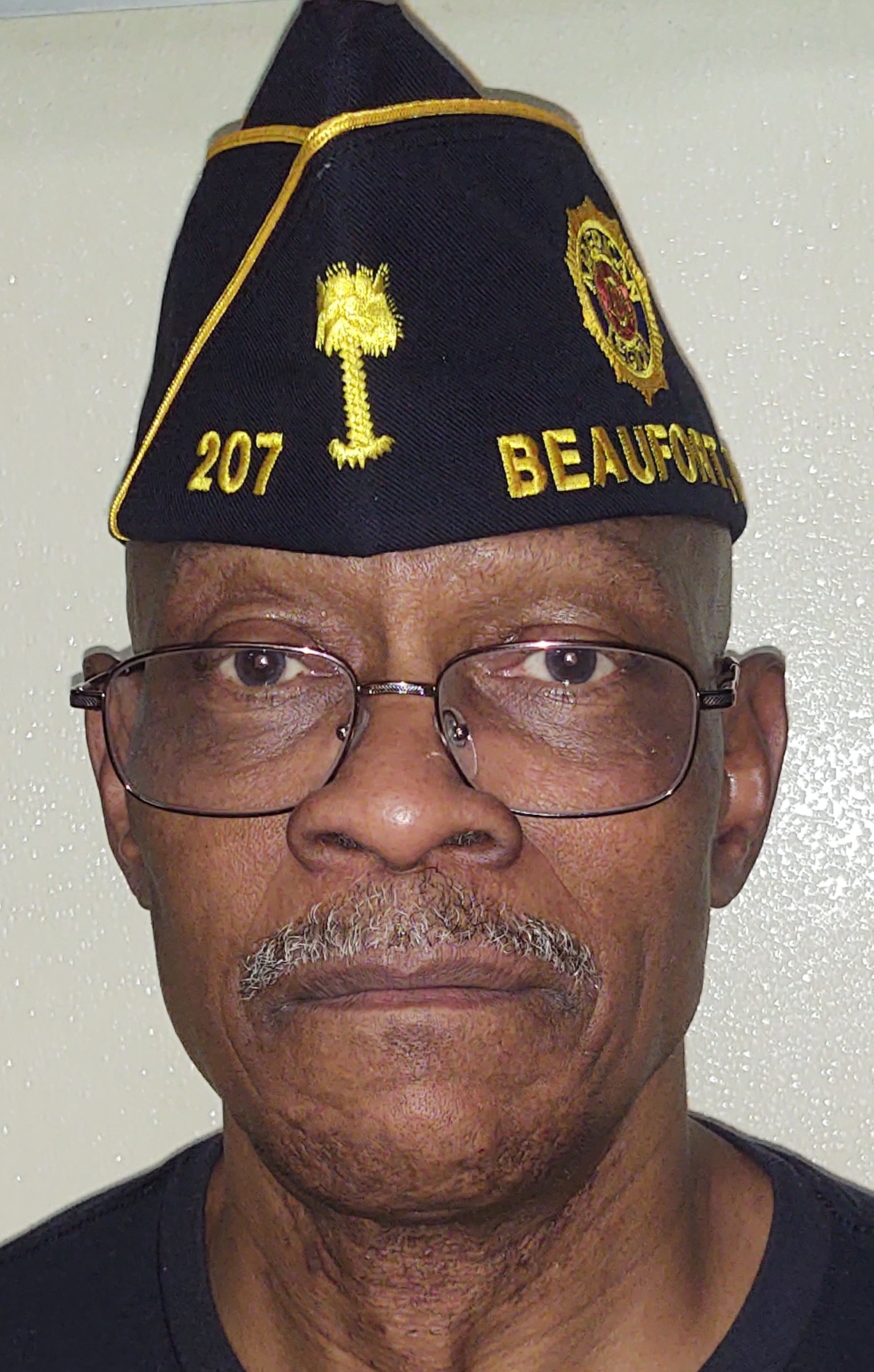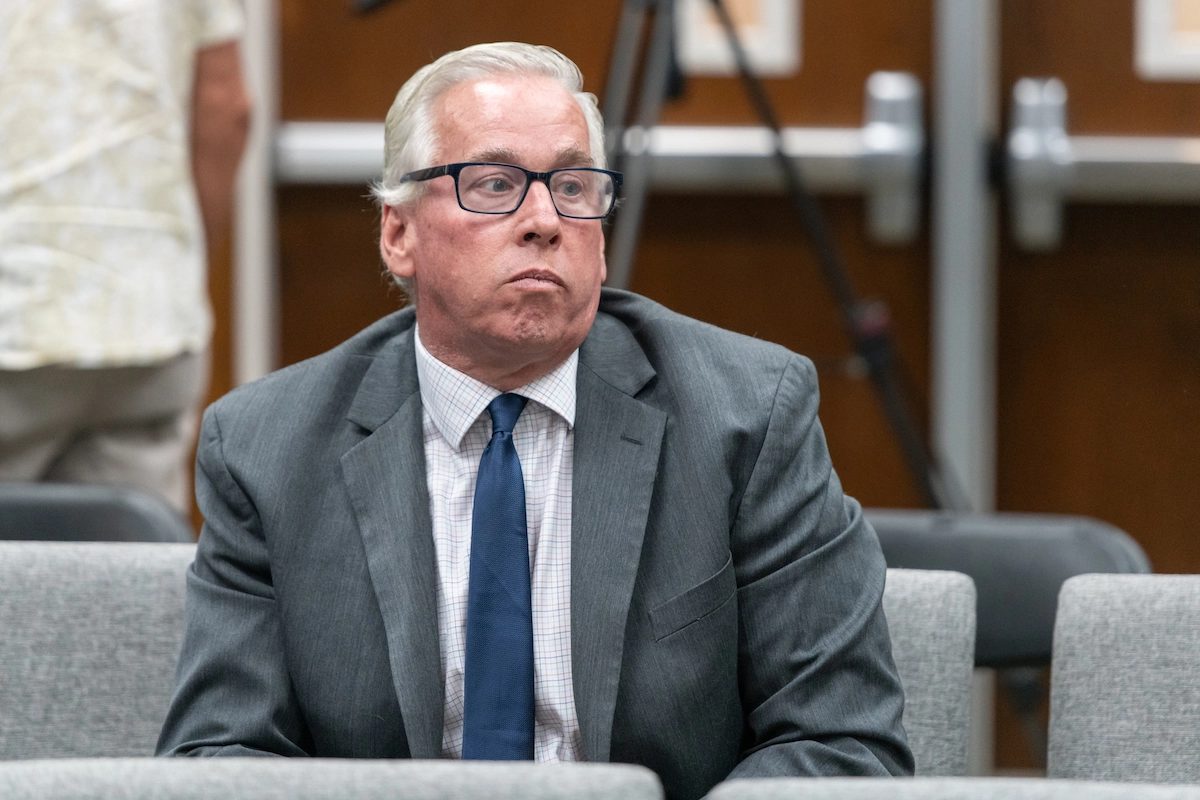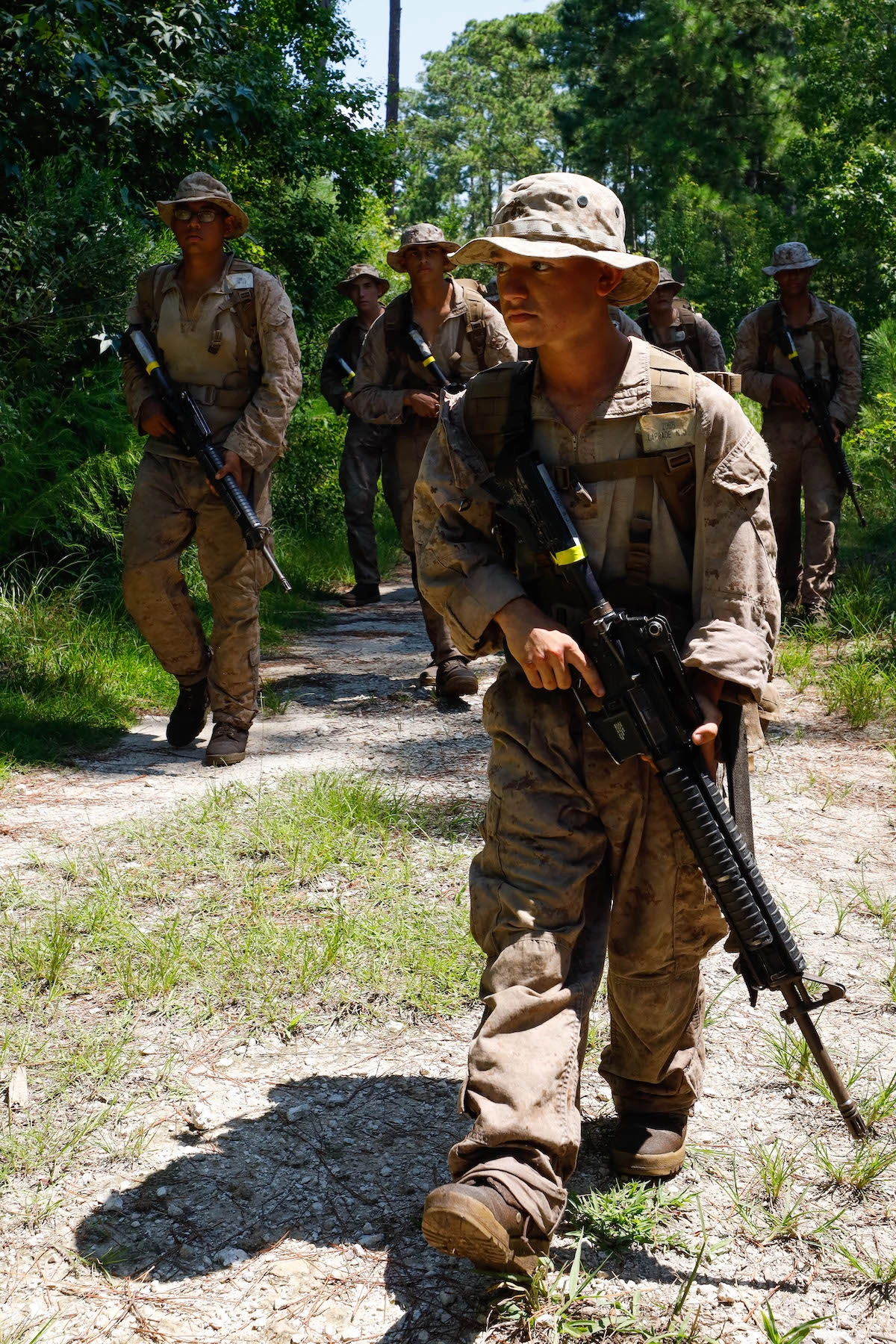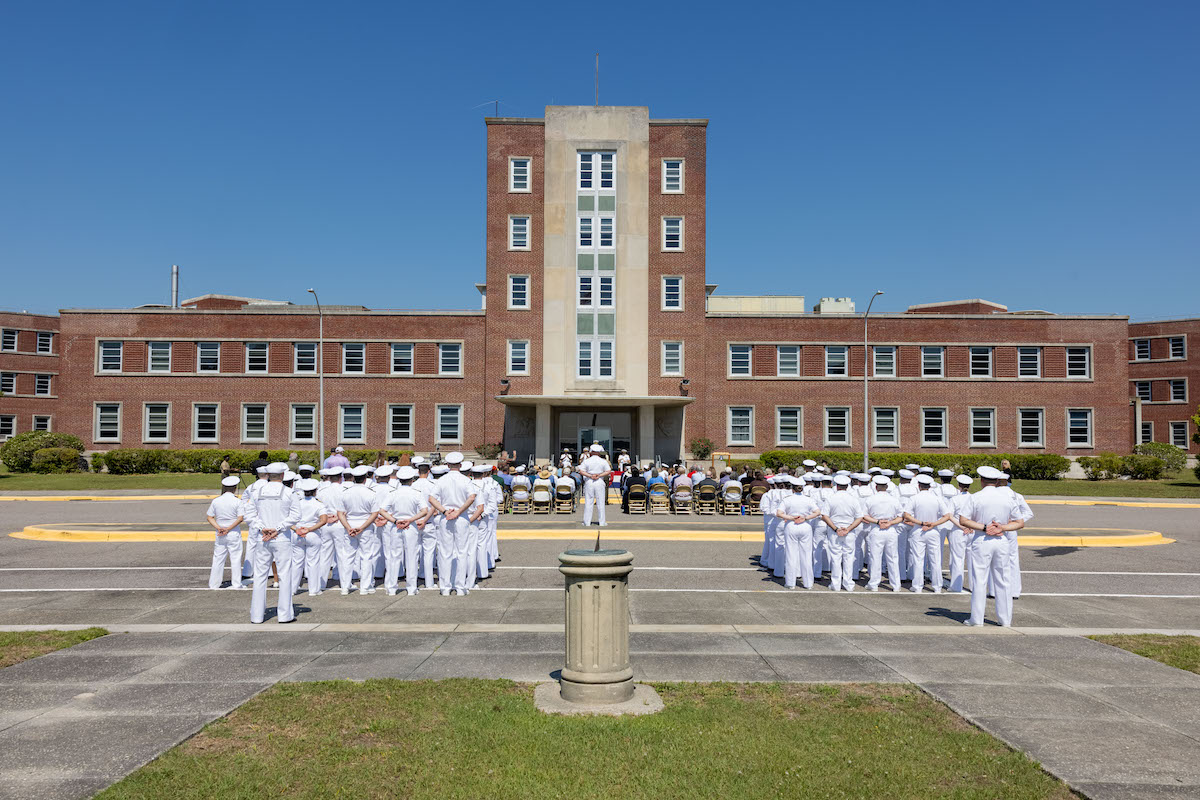By Larry Dandridge
This is the first article of a two-part series of articles that provide veterans with some common-sense observations on filing for military service-connected disability compensation. This article is not a substitute for veterans reading the information at www.va.gov and using a Veterans Service Officer (VSO) to help them file claims with the VA.
This article covers concerns for aging veterans two things that stand out about finding evidence to support claims, what veterans need to prove to the VA, other evidence if military medical records are not available, and the first of 10 common sense suggestions. Next week’s article will cover more suggestions to help veterans win a service-connected disability claim.
The good news
The good news is more veterans are applying for their hard-earned benefits because of the passage of the PACT ACT and more efforts by the VA, Veterans Service Organizations, and others to help veterans file claims. Learn more about the PACT ACT at https://bit.ly/3ARbVrn. Learn more about how to file a VA Disability claim at https://bit.ly/3wYGMRJ.
Aging Veterans are in need of the help of a Veteran Service Officer (VSO) and others. World War II, Korean War, and Vietnam War veterans are between 70 and 100 years old, many are not computer literate, and most have serious health conditions. Family members need to step up and help their veterans.
Three things that stand out about finding evidence to support a calm. As a Vietnam Wounded Warrior, a combat 100% service-connected Disabled Veteran, a volunteer VA Patient Adviser at my VA hospital, a past VSO, and a Veterans’ Benefits Journalist, three things come to my mind when talking to veterans applying for service-connected disability compensation:
- Unless the disabling condition is presumptive, if the veteran does not have a military medical record of their wound, injury, illness, or HAZMAT contamination and resulting condition, they are going to have to find other evidence to prove their disability was caused while they served in the military. Learn more about Presumptive Conditions at https://bit.ly/3ARbVrn and https://bit.ly/3LeLSk4.
- Veterans should not lose heart if they cannot find a military medical record documenting their wounds, injuries, scars, illnesses, and HAZMAT contamination-caused disabling conditions, because there are dozens of other ways to document and prove a wound, injury, illness, HAZMAT contamination, and resulting injuries, diseases, and conditions.
- Veterans can file claims for injuries, wounds, illnesses, and HAZMAT contaminations that caused disabilities/conditions while they were (1.) in service, (2.) caused disabilities/conditions that were caused by military service but showed up after they were discharged (sometimes 20 to 40 years later), and (3.) conditions they had before enlisted that were worsened by military service.
Evidence to support a service-connected disability claim
Veterans should submit all (I repeat ALL) the evidence they can muster to support their service-connected claims.
The VA needs evidence that shows a veteran has a current physical or mental disability (damage to the body or mind) that makes the veteran less able or unable to do everyday tasks, including meaningful work, and an event, injury, or illness happened while the veteran was serving in the military to cause disability.
The VA is required to tell veterans what evidence the veteran will need to support their claim. Veterans should download VA Form 21-526EZ found at https://bit.ly/3xtZZLp and read the evidence requirements. Learn more about evidence at https://bit.ly/3w6YGAN.
Here is what veterans need to prove to the VA.
- Prove the injury, illness, wound, or condition happened. First, veterans must prove they were in the military, in a certain place (country, ship, aircraft, facility, base, testing ground, body of water, etc.), and the timeframe when the event and injury/illness took place.
- Prove the veteran has the condition and it is service-connected through military medical records. Second, veterans must prove they have the disabling condition they are claiming. Military, veteran, and civilian medical records and doctors’ diagnoses will provide evidence that they have the condition. Military medical records are the most convincing evidence a veteran has to show the event and injury happened while the veteran was serving. Request copies of military service records at https://bit.ly/41ydmaU.
- Prove the condition without a military medical record. The toughest part of proving service connection may be finding a military medical record of the injury, wound, illness, event, or HAZMAT injury. A veteran’s military medical records may not be available or show the injury or treatment record. Thousands of veterans’ military medical records were destroyed in the fire at the National Archives in Saint Louis, Mo. A veteran may have never reported a medical condition (sleep apnea, PTSD, MST, anxiety, etc.) to a military doctor fearing it would hurt their career.
Veterans can use other kinds of evidence to support their claim for service connection. Learn more about how to reconstruct military records destroyed in the Records Center fire at https://bit.ly/3PApt3e.
Other evidence in lieu of a military medical record
Veterans can use their DD214, Military Personnel Records, Line of Duty Investigations, pictures, Accident Reports, Incident Reports, Operational Hazard Reports, Employee Reports of Injury (OSHA Form and Report), Officer/Enlisted Efficiency Reports, Lay Witness Statements, Counseling Records, E-Mails and letters, military decorations like Purple Hearts, Bronze Stars, and other decorations of Valor, Civilian Medical Records, VA Medical Records, lists of medications, copies of medical studies and reports, and Doctors, Physician Assistants, Nurse Practitioners, and Medical Specialists/Therapists’ statements, to help prove service connection. Learn about Lay Witness Statements at https://bit.ly/3sPpxD8.
Common-sense suggestions
Here are some suggestions that can help veterans who are filing claims for service-connected disability compensation.
Suggestion 1: Veterans are always their own best advocates. As in anything in life, the best person to make sure your claim for VA benefits is done right, submitted to the right place, includes all of the evidence and supporting documents needed, and is followed up on is the veteran himself or herself. Reading all of the available information on service-connected claims, the PACT ACT, presumptive conditions, and VA benefits at www.va.gov and reading information at other helpful websites like military.com is the smart thing for each veteran to do. A VSO will help you, guide you, and support you but you (the Veteran) are your own best advocate!!!
Continued next week.
Larry Dandridge is a Vietnam War wounded warrior, disabled veteran, ex-Enlisted Infantryman, ex-Warrant Officer Pilot, and retired Lt. Colonel. He is a past Veterans Service Officer, a Patient Adviser at the RHJ VA Hospital, the Fisher House Charleston Good Will Ambassador, and the VP for Veteran Affairs for the local Army Association Chapter. Larry is the author of the award-winning book Blades of Thunder and a contributing free-lance writer with the Island News. Contact him at LDandridge@earthlink.net or 843-276-7164.








